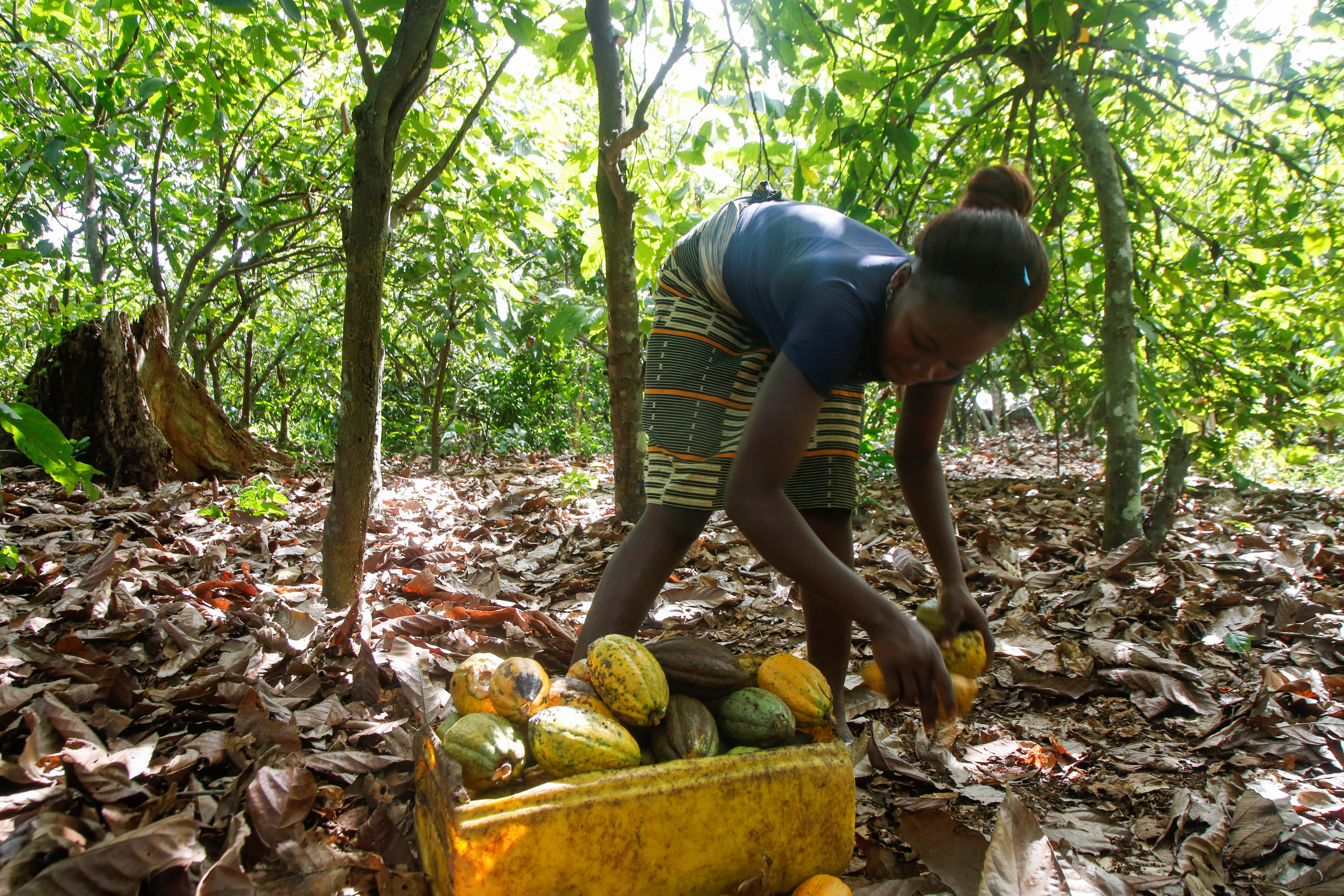
The primary crop grown in Ivory Coast, cocoa, benefits from damp soil
Despite the fact that last week’s rains fell short of normal in the majority of Ivory Coast’s cocoa-growing regions, the country’s farmers reported on Monday that the soil remained sufficiently moist to support the growth of the country’s principal crop, which is grown from October to March.
Officially, the rainy season in the world’s largest cocoa producer lasts from April until mid-November. Although they usually fall in large quantities during this time of year, the past several weeks have seen a dearth of rain.
With so many blossoms and little pods appearing on plantation trees, farmers expressed their happiness with the weather.
Enough air humidity, morning dews, and a healthy soil moisture content were present to support crop growth.
Plantations don’t need a lot of rain at this time of year since too much moisture can lead to diseases and drop blooms and immature fruits from the trees, according to producers.
Farmers said that although the rains were below average in the western region of Soubre, the southern regions of Agboville and Divo, and the eastern district of Abengourou, the primary crop was developing at a good clip.
They also mentioned that fewer pods will be lost than the year before, when plantations growing cocoa were inundated during the rainy season.
“The principal crop is growing healthily. 1.2 millimeters (mm) felt last week, 36.9 mm below the five-year normal. Many farmers are still maintaining their plantations, according to Salame Kone, a farmer near Soubre.
Farmers reported that blooms were changing into little pods, indicating a strong start to the main crop, in the west-central region of Daloa, in the central regions of Bongouanou and Yamoussoukro, where last week’s rainfall were below average.
Farmers stated that in order to fortify the crop, they would want one sufficient rainfall per week until the end of the month.
All we need this month is a little rain. The trees are doing great,” stated Albert N’Zue, a farmer in the vicinity of Daloa. Last week’s felt depth was 3.3 mm, which is 22 mm less than typical.
Ivory Coast’s average weekly temperature varied from 24.8 to 27.2 degrees Celsius.
All Categories
Recent Posts
Man United could lose Yoro, which would be a huge blow
McCarthy: I am able to change things in Kenya
Tags
+13162306000
zoneyetu@yahoo.com



